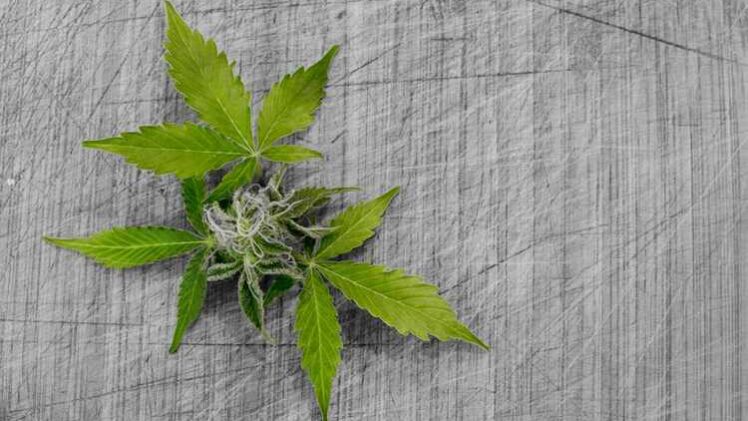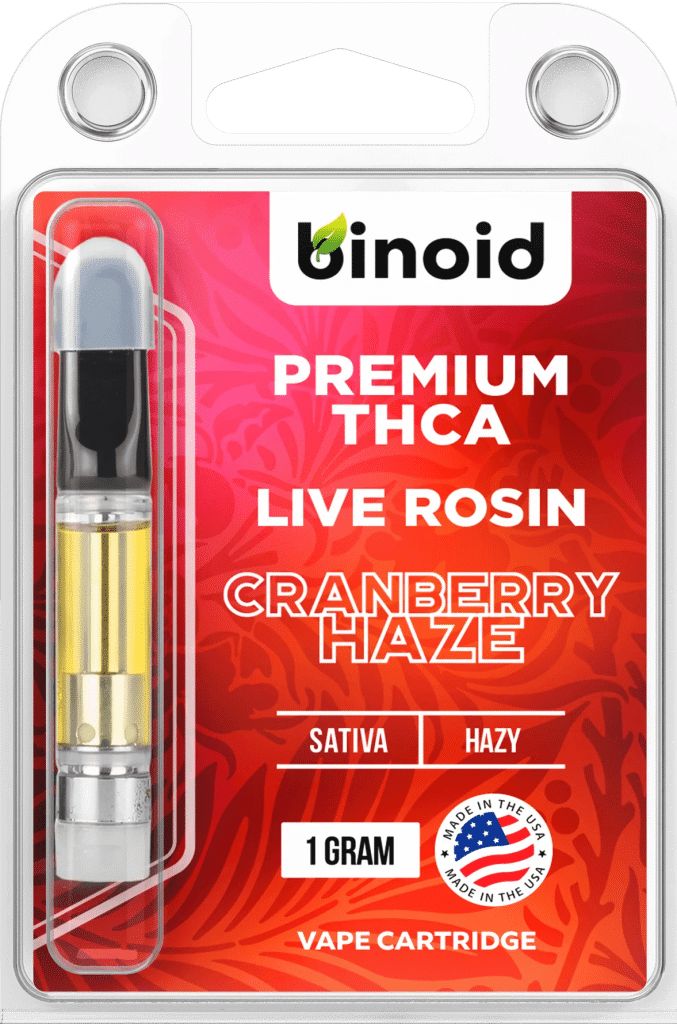Understand How to Best Use Marijuana for Your Health
Marijuana is a versatile plant that has been used for medicinal purposes for centuries. The recent legalization of marijuana in many states and countries has led to an increase in its use for recreational and medicinal purposes. However, there is still a lot of confusion around how to use marijuana for health benefits, and many people are unsure about the best ways to incorporate it into their health routine. In this article, we will provide a comprehensive guide to help you understand how to best use marijuana for your health.
Table of Contents
- Introduction
- What is Marijuana?
- Understanding the Chemical Composition of Marijuana
- Different Types of Marijuana Strains
- Methods of Consuming Marijuana
- Smoking
- Vaping
- Edibles
- Tinctures
- Topicals
- Health Benefits of Marijuana
- Pain Relief
- Reducing Inflammation
- Treating Anxiety and Depression
- Treating Insomnia
- Treating Nausea and Vomiting
- Treating Glaucoma
- Managing Epileptic Seizures
- Treating PTSD
- Risks and Side Effects of Marijuana
- Short-term Risks
- Long-term Risks
- Potential Addiction
- Overdose
- Legalization of Marijuana
- Conclusion
- FAQs
Introduction
Marijuana, also known as cannabis, is a plant that has been used for medicinal purposes for thousands of years. With recent legalization in many states and countries, more people are using marijuana for medicinal and recreational purposes. Marijuana contains a variety of compounds, including THC and CBD, which have been shown to have numerous health benefits. However, with the growing popularity of marijuana, there is also growing confusion around how to use it for health benefits.
In this article, we will explore the various methods of consuming marijuana, the health benefits it offers, the risks and side effects associated with its use, and the legal status of marijuana. By the end of this article, you will have a better understanding of how to best use marijuana for your health.
What is Marijuana?
Marijuana is a plant that belongs to the Cannabis genus. It contains over 100 different compounds, known as cannabinoids, which interact with the body’s endocannabinoid system. The two main cannabinoids in marijuana are THC (tetrahydrocannabinol) and CBD (cannabidiol). THC is the compound responsible for the psychoactive effects of marijuana, while CBD is non-psychoactive and has been shown to have numerous health benefits.
Understanding the Chemical Composition of Marijuana
Marijuana contains a variety of compounds, including cannabinoids, terpenes, and flavonoids. These compounds work together to produce the unique effects of marijuana. THC is the most well-known cannabinoid in marijuana, but CBD is also becoming increasingly popular due to its health benefits. Terpenes are responsible for the aroma and flavor of marijuana, while flavonoids have antioxidant properties.
Different Types of Marijuana Strains
Marijuana strains are classified as indica, sativa, or hybrid. Indica strains are known for their relaxing and sedative effects, while sativa strains are known for their energizing and uplifting effects. Hybrid strains are a combination of both indica and sativa strains and offer a balance of both effects. It is important to choose the right strain based on your specific needs and preferences.
Methods of Consuming Marijuana
There are several different methods of consuming marijuana, including smoking, vaping, edibles, tinctures, and topicals. Each method has its own unique benefits and drawbacks.
Smoking
Smoking is the most traditional and popular method of consuming marijuana. It involves inhaling the smoke produced by burning the dried and cured buds of the marijuana plant. This method provides a fast and efficient way to experience the effects of marijuana, but it can also have negative health effects on the lungs and respiratory system.
Vaping
Vaping involves heating the marijuana plant or its extracts to produce a vapor that is inhaled. This method is becoming increasingly popular as it is considered a healthier alternative to smoking. Vaping also allows for greater control over the dosage and provides a cleaner and more flavorful experience.
Edibles
Edibles are food products that are infused with marijuana extracts. This method of consumption provides a longer-lasting and more intense high, but it can also take longer to feel the effects as the marijuana must be metabolized by the body before it can take effect. It is important to be cautious when consuming edibles as the effects can be stronger than expected and can last for several hours.
Tinctures
Tinctures are liquid extracts of marijuana that are typically taken orally. They are fast-acting and provide precise dosing control. They are also discreet and easy to use, making them a popular choice for medical marijuana patients.
Topicals
Topicals are marijuana-infused products that are applied directly to the skin. They are commonly used for localized pain relief and can also provide relief for skin conditions such as eczema and psoriasis. Topicals do not produce a psychoactive effect as they are absorbed through the skin and do not enter the bloodstream.
Health Benefits of Marijuana
Marijuana has been shown to have numerous health benefits, particularly for pain relief and reducing inflammation. Other health benefits of marijuana include treating anxiety and depression, insomnia, nausea and vomiting, glaucoma, epileptic seizures, and PTSD.
Pain Relief
Marijuana has been used for centuries to treat pain, and recent research has confirmed its effectiveness. Marijuana works by interacting with the body’s endocannabinoid system, which plays a role in pain management. THC and CBD are both effective at reducing pain, and many medical marijuana patients use marijuana to treat chronic pain conditions.
Reducing Inflammation
Inflammation is a natural response by the body’s immune system, but chronic inflammation can lead to a variety of health problems. Marijuana has been shown to have anti-inflammatory properties, particularly due to the presence of CBD. This makes it a potential treatment for conditions such as arthritis, multiple sclerosis, and inflammatory bowel disease.
Treating Anxiety and Depression
Marijuana has been shown to have mood-enhancing effects, making it a potential treatment for anxiety and depression. However, it is important to note that marijuana can also have the opposite effect for some people and can increase anxiety and paranoia.
Treating Insomnia
Marijuana has sedative effects, making it a potential treatment for insomnia. However, it is important to note that high doses of THC can actually interfere with sleep quality.
Treating Nausea and Vomiting
Marijuana has been used to treat nausea and vomiting for centuries. THC has been shown to be particularly effective at reducing nausea and increasing appetite, making it a potential treatment for conditions such as chemotherapy-induced nausea and vomiting.
Treating Glaucoma
Marijuana has been shown to reduce intraocular pressure, making it a potential treatment for glaucoma. However, the effects are temporary and can last for only a few hours.
Managing Epileptic Seizures
CBD has been shown to have anticonvulsant properties, making it a potential treatment for epileptic seizures.
Treating PTSD
Marijuana has been shown to have potential benefits for treating PTSD, particularly in reducing anxiety and improving sleep. However, more research is needed in this area.
Risks and Side Effects of Marijuana
While marijuana has many potential health benefits, it is important to be aware of the risks and side effects.
Psychological Effects
Marijuana can have psychological effects such as paranoia, anxiety, and hallucinations. These effects are more likely to occur with high doses of THC or in people who are susceptible to mental health issues.
Impaired Cognitive Function
Marijuana can impair cognitive function, particularly in areas such as attention, memory, and learning. These effects can be particularly pronounced in adolescents and young adults, whose brains are still developing.
Respiratory Effects
Smoking marijuana can have negative effects on the lungs and respiratory system. It can lead to chronic bronchitis and other respiratory issues.
Risk of Addiction
Marijuana can be addictive, particularly for those who use it regularly. Withdrawal symptoms can include irritability, insomnia, and loss of appetite.
Interactions with Other Medications
Marijuana can interact with other medications, particularly those that affect the central nervous system. It is important to talk to a healthcare provider before using marijuana if you are taking other medications.
Conclusion
Marijuana has many potential health benefits and can be used in a variety of ways. However, it is important to be aware of the risks and side effects and to use it responsibly. Talk to a healthcare provider if you are considering using marijuana for medical purposes.
FAQs
- Is marijuana legal for medical use?
- The legality of medical marijuana varies by state and country. It is important to check local laws before using marijuana for medical purposes.
- Can marijuana be used to treat cancer?
- While marijuana has been shown to have potential benefits for cancer patients, it is important to note that it is not a cure for cancer and should not be used as a substitute for traditional medical treatments.
- How can I consume marijuana without smoking it?
- There are many alternative methods for consuming marijuana, including vaping, edibles, tinctures, and topicals.
- Can marijuana be addictive?
- Yes, marijuana can be addictive, particularly for those who use it regularly. It is important to use it responsibly and in moderation.
- What should I do if I experience negative side effects from using marijuana?
- If you experience negative side effects from using marijuana, stop using it and talk to a healthcare provider. They can help you determine if you should continue using it and if so, in what dosage and form.




